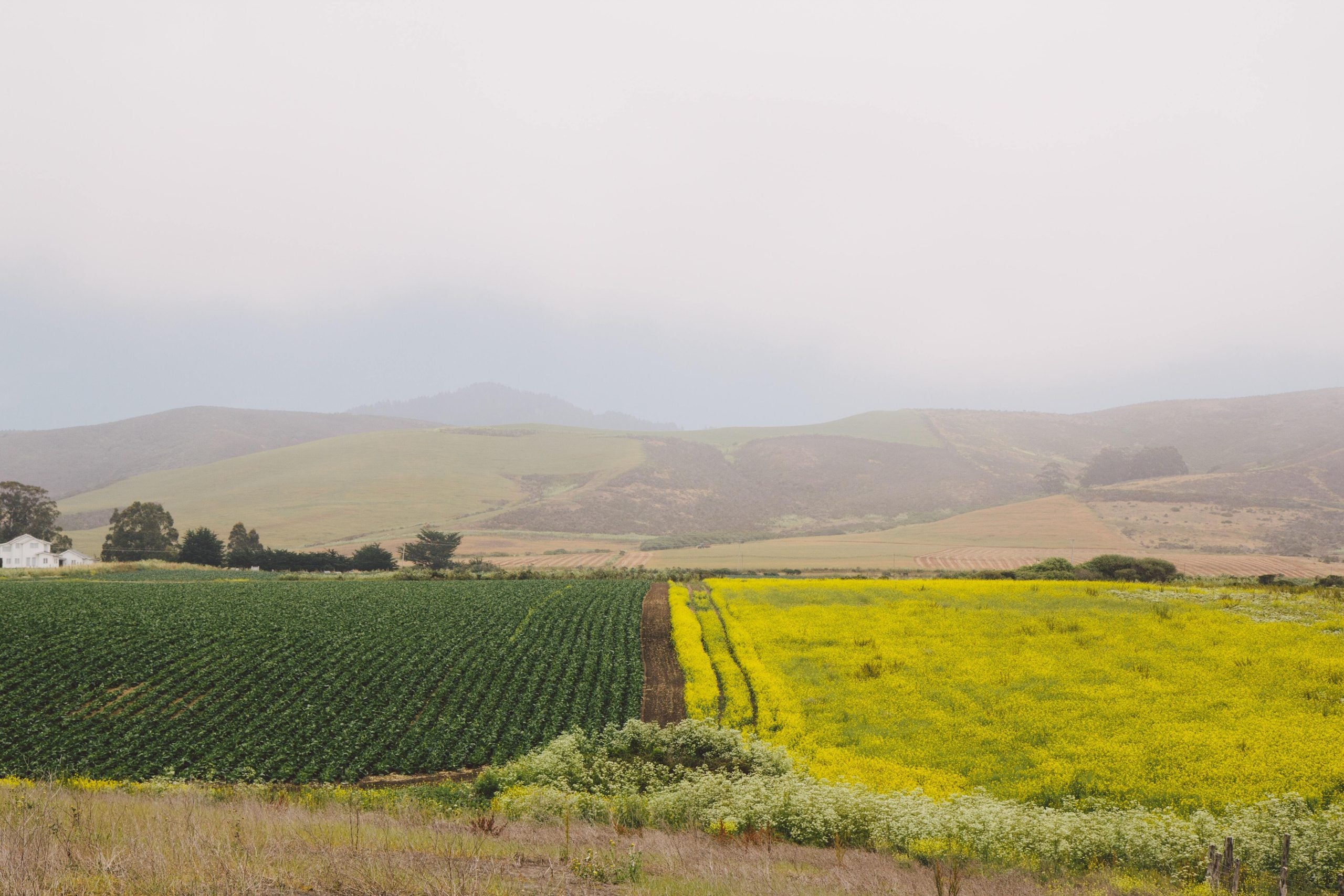California’s new Multibenefit Land Repurposing Program is already oversubscribed. Here are 3 features of successful applications.
Last month, the state of California reached an important milestone in its effort to proactively address water scarcity and the changing agricultural landscape: The Department of Conservation awarded over $40 million to regional organizations to strategically repurpose previously irrigated farmland in ways that create new public benefits while reducing groundwater use.
The highly competitive Multibenefit Land Repurposing Program (MLRP) received 12 applications requesting over $110 million — more than twice the funding available during the program’s inaugural year. The four successful proposals, which received $10 million each, came from critically overdrafted groundwater subbasins in the San Joaquin and Salinas valleys. Here are three common features that gave the successful applications a competitive edge.
1. A strong planning foundation provided a leg up.
Each successful applicant had already developed a strong foundation of planning related to sustainable water and land management. The four grant recipients each received funding previously for collaborative planning through various state and federal programs, including the California Regional Conservation Investment Strategy, Natural Resources Conservation Service watershed planning grant, Integrated Regional Water Management Program, and Sustainable Agricultural Land Conservation Program.
While each applicant used different funding sources for planning, they all took a regional approach that allowed water and land managers to convene stakeholders from agricultural, community and environmental organizations. These research and relationship-building planning efforts lay the foundation for strong integrated networks of stakeholders with shared visions for landscape-scale conservation.
2. Diverse partnerships were key.
While applicants to the land repurposing program must be either a groundwater sustainability agency or a local entity that partners with one, the successful applicants went beyond the minimum requirements and partnered with at least four other organizations that provide a broad range of perspectives.
Examples of successful block grantee partners include resource conservation districts, local environmental nonprofits, irrigation districts, community-based organizations, local and indigenous land trusts, universities, cities and counties, policy think tanks, and farm groups. Convening diverse project partners and collaborators can help ensure that the holistic vision of the Multibenefit Land Repurposing Program will be achieved.
3. Winners committed to generating multiple benefits.
The third feature of successful applications was a genuine commitment to creating multiple benefits for communities and the environment, although they varied in whether they identified specific desired outcomes and projects.
Some applicants had a clear vision of the type of projects and benefits they’d like to create with program funds. For example, one prioritized floodplain setbacks and restoration projects that could create valuable wildlife habitat while also facilitating groundwater recharge. Another successful block grantee prioritized projects that could create a buffer zone between disadvantaged communities and active farmland.
Other successful applicants did not yet identify specific land repurposing projects but instead outlined thoughtful strategies to authentically engage communities and other stakeholders to develop goals and projects that align with regional values and priorities. Bringing in partners and collaborators with community and environmentally focused missions helped demonstrate applicants’ commitments to achieving a range of beneficial outcomes.
What’s next for the program
In the coming months, the California Legislature will determine next year’s budget for the Multibenefit Land Repurposing Program. The high quantity and quality of the first round of applications is a strong indication of the desire for this program and need for more funding.
As this program gets off the ground, Self-Help Enterprises and Environmental Defense Fund will serve as co-chairs of a statewide support entity to coordinate collaboration and learning among block grantees and help prepare and build capacity for future prospective grantees.
As the drought persists in California and much of the West, the Department of Conservation should be commended for quickly launching the Multibenefit Land Repurposing Program, actively soliciting stakeholder input on program guidelines and swiftly selecting the first round of excellent projects. This is a huge first step toward helping communities transition to a daunting reality of water scarcity — a challenge that EDF believes will ultimately require more than a billion dollars of funding to address at scale.
EDF is eager to begin the hard work needed to ensure the Multibenefit Land Repurposing Program succeeds in helping agricultural communities adapt to climate change and becomes a model for other drought-prone regions across the West and the globe.











